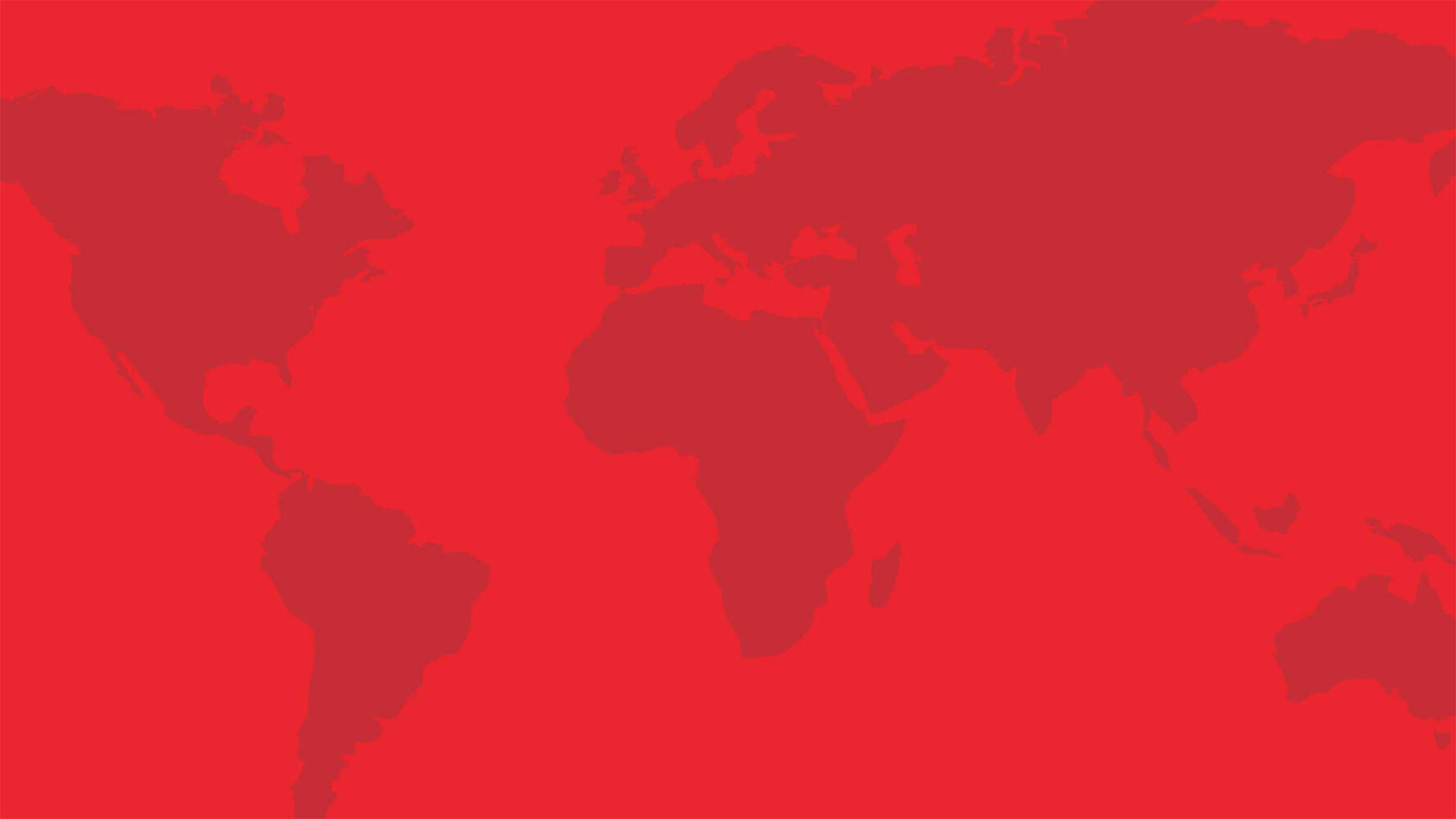Top advertisers revise creative on average once every 10.4 days, but nothing could have prepared them for the creative revisions demanded by the first half of 2020. The quarantine lockdown prompted massive rethinks at every brand marketing department and agency worldwide about the organic and ad creative produced prior to March now lying on the cutting room floor.
Creative brand pivots in the digital realm was the topic of a recent MMA discussion (you can watch the entire discussion here) between Channel Factory’s Chief Commercial Officer Jed Hartman, Traci Spiegelman Director of Global Media at Mastercard, and Eugene Buono, Google’s West Coast Creative Lead.

“Generally in culture when something happens, brands and agencies want to be on top of that. But it takes time to act quickly, and brands with a heritage of doing that were able to get moving right away” says Eugene Buono, Google’s West Coast Creative Lead.
While 2020’s creative pivots might have been a shock at a macro-level, brands with sensitivity, empathy and cultural relevance already in their DNA were better prepared for the rapid change demanded by the macro global, civil and economic events unfolding since March.
Not long into the lockdown, Edelman fielded a survey which found that 55% of consumers said brands and consumers were responding more quickly and effectively than most governments. In addition, it also showed that 71% of consumers agreed that if brands put profit over people, trust in them would disappear forever.
Since that report came out, brand marketers have responded in a variety of ways – some successful, and some less so. In fact, AdAge maintains a regularly updated post of marketers’ responses to the coronavirus.
Traci Spiegelman, Director of Global Media at Mastercard drove home the importance of authenticity in brand message pivots. “Brands need to be able to stand behind and honor core brand values in their creative. They should avoid being something they’re not. At Mastercard, we’re always conscious of how and who we’re talking to, and we lean into the passion points we’ve aligned to over the years.”
Putting Creative In Context
So how do you pair authentic, empathic, value-driven ad creative with the content that it runs on across digital? Devising media plans that make sense for individual advertisers requires a little little soul-searching and it’s entirely conceivable that what works for some might not work for others.
Taking YouTube as an example, Jed Hartman, Channel Factory’s Chief Commercial Officer, and someone whose own career has pivoted between the publisher, the brand and the tech side, pointed out that “one thing that makes YouTube interesting is that you have that one-to-one ratio of content to ad. This means that brands want to ensure their newly adapted creative runs opposite content that not only works for its targeting and performance, but is also aligned with the tenor and intention of the creative message.”
In order to better understand and control where their ads run, advertisers have very quickly had to learn the new vernacular, updating their blocklists with a range of keywords across the health and social justice spectrum. On top of that, they’ve had to revise their inclusion lists to confirm the types of content they formerly embraced are still environments that best serve their business and their message.
And once the media plans have been reviewed, it’s over to the campaign to serve as a testing ground for new creatives in a new normal. Just like brands have multiple products and services, so do they have a variety of ad formats to use in order to test and optimize their multi-market messages.
“When you think about all the different YouTube creative lengths, it’s not so much a question of this vs. that. It’s thinking about how all the components work together,” shared Eugene, who sits within Google’s creative innovation team. “Whether it’s media and entertainment or consumer goods, there’s a story to tell, and there’s a time and a place for each of these different components depending on where users are and the signals they’re sending out.”
Brands are always adapting, and the cultural conversation is always changing, but 2020 really drove home the importance of infusing brand culture with the expectation that things could change on a dime. Digital video offers brands a powerful place to test and adapt at speeds and with data that simply doesn’t exist elsewhere. It’s time to fully explore those opportunities.
